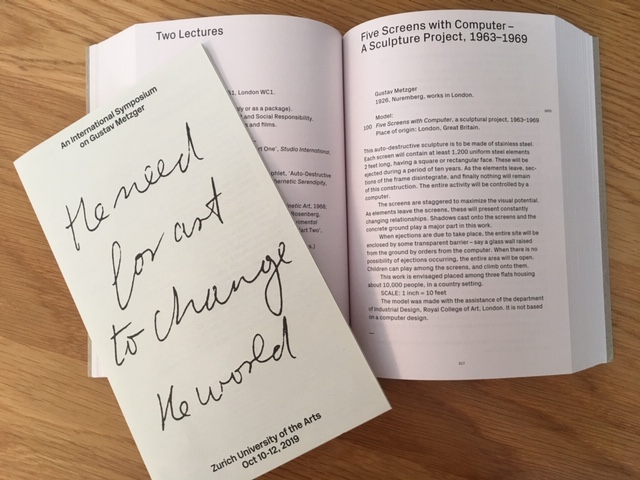
My latest research on artist Robert Mallary (1917-1997) has just been published, part of the Review of Machine Art Special Issue of Arts. Read “An Element of Perfection: The Transductive Art of Robert Mallary”. Before the realm of techno-art became a recognizable construct, Mallary was interested in a system of relationships, seeking in his words, ‘an element of perfection’ in combinations of materials and technologies to make ‘a beautiful whole’. I argue there is an art historical trajectory of a 3D immersive type of art that takes place in a specific defined environment – a concept that I link from Mexican muralist David Alfaro Siquerios through Kurt Schwitters via Mallary and the bourgeoning field of “art & technology” in the middle decades of the 20th century.










